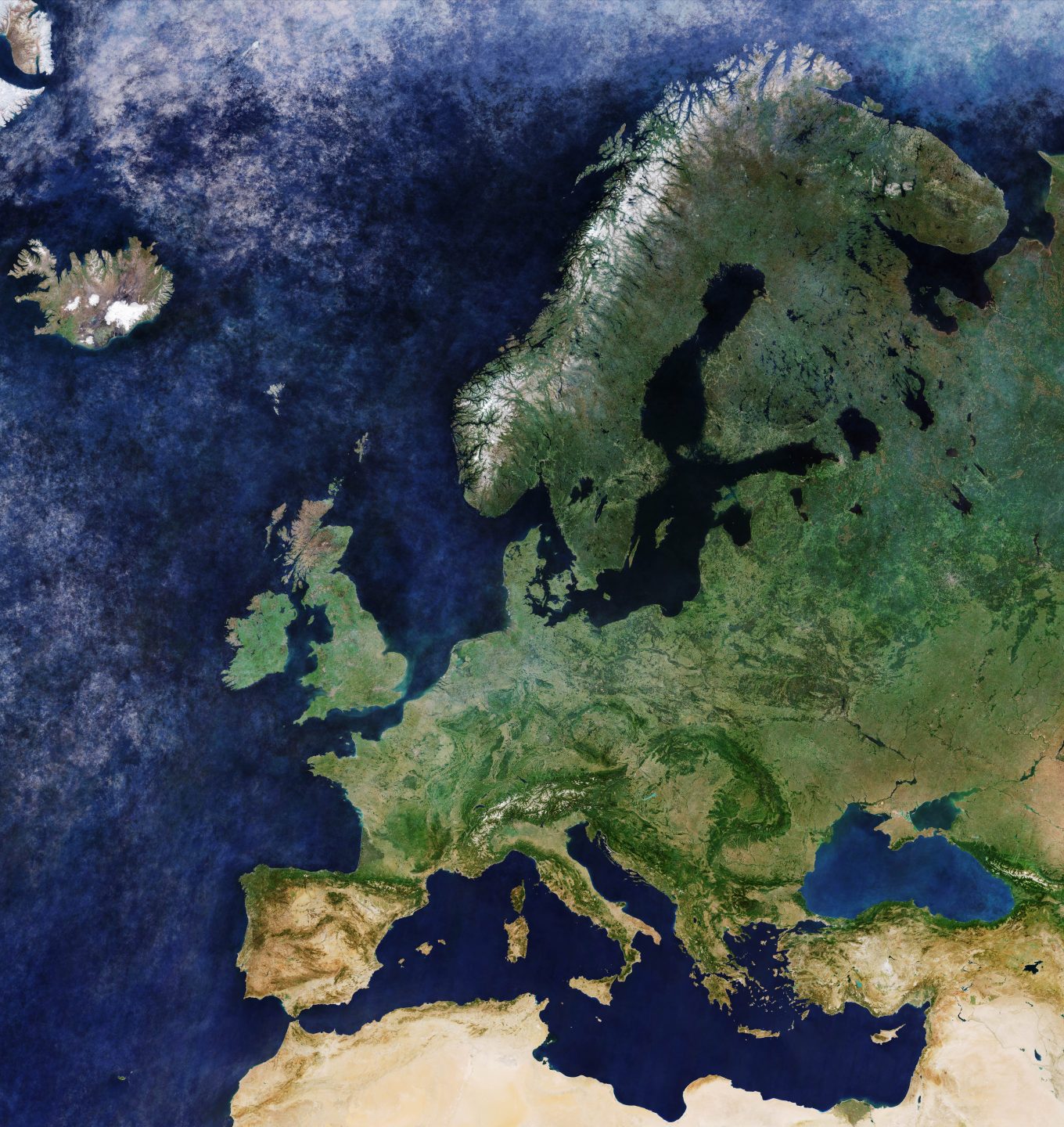PARSEC sectors: Energy, Environment, Food
Application fields: Energy & Natural Resources, Industrial, International Bodies, Managed Living Resources, Public Authorities, Services
Keywords: Earth Observation, energy, environment, Europe, food, use cases
Innovators seeking for new and marketable EO solutions typically combine the use of free and rich Copernicus Sentinel data with a number of important enabling technologies such as Big Data, Cloud Computing, the Internet of Things, Deep Learning or Artificial Intelligence. There are many examples of successful use of EO enabled solutions across a large variety of sectors and reaching throughout Europe and beyond. This article will provide inspiring success stories of start-ups, SMEs or other actors using EO to provide concrete solutions to issues in the PARSEC Accelerator focus fields – food, energy, or environment.

Food
Public authorities and private companies benefit from EO applications that allow them to save time and costs while simultaneously providing a more precise picture of what is happening on the field(s). For instance, potato growers in Belgium use Copernicus Sentinel-2 data to optimise the use of chemicals and irrigation, as well as to harvest the potatoes at the right time. Similarly, EO-powered advice allows Polish farmers to reduce their environmental impact while increasing their yield. Moreover, such uses of precision farming are strongly encouraged by the European Union’s (EU) common agricultural policy (CAP), which prioritises sustainable agriculture.
Energy
For the energy sector, EO can enable smarter decision making by, for example, improving monitoring of energy production and infrastructure. While in Norway satellite images are used to plan the future production of hydropower, in France EO data allows monitoring the actual performance of photovoltaic systems. Another success story from the Netherlands improves the gas pipeline monitoring process by using satellites instead of helicopters as their data provider. Furthermore, a study carried out in a German region showcases how local authorities can use EO data for policymaking and planning possible transitions to renewable energies. Currently, use cases are less frequently reported in the energy sector than they are in the food or environment sectors, therefore indicating an even greater potential for EO to boost innovation and efficiency in this sector.
Environment
In a wide variety of issues linked to the environment, its protection, conservation, and monitoring the power of EO can bring significant benefits with limited resources. Indeed, the use of Sentinel data has become quite widespread when it comes to managing the “lungs of our planet” – our forests. For Sweden, forests also represent a strategic sector of the economy with half of the forests being owned privately (by 300,000 owners). Therefore, the cost-effective use of the rich EO data is key to a more efficient and more sustainable management of the Swedish forestry. In addition, satellite images are used to effectively fight wildfires or illegal logging, proposing solutions that not only help protecting the environment, but also enforce the legislation and limit financial losses caused by such damages or illegal actions. Similarly, in ocean management, the most successful solutions, such as the EO-fuelled dredging in the Maldives combine both economic and societal gains, enabling better coastal protection while maintaining the crucial navigable channels.
All the previously cited examples are the tip of the iceberg of EO-enabled solutions that are currently being used, and even a smaller part of all the innovations that still can be brought to the market. Current and further technological developments alongside European Union’s Copernicus programme (and its start-up programme) represent an enormous opportunity for boosting the productivity, innovation and competitiveness of European SMEs and start-ups and for adding many more success stories to the ones cited above.
For further inspirational cases, visit Sentinel Benefits Studies or Copernicus use in Europe’s regions. Explore the different EO platforms providing valuable EO data on which most of the aforementioned solutions were based.
If you are a PARSEC beneficiary, you can also reach out to insights@parsec-accelerator.eu for further information.
Leave A Comment
You must be logged in to post a comment.